
The new Lighthouse is a quick and easy print to add to the samurai collection, and works well on a castle-themed or coastal-themed board, as well as a game objective that needs to be captured or held.
▲ This is a pretty straightforward print, starting with the stone base, the curved wood lower section, and the wood-beamed middle section. The model can also be used without the wide stone base, for a smaller footprint on your table.
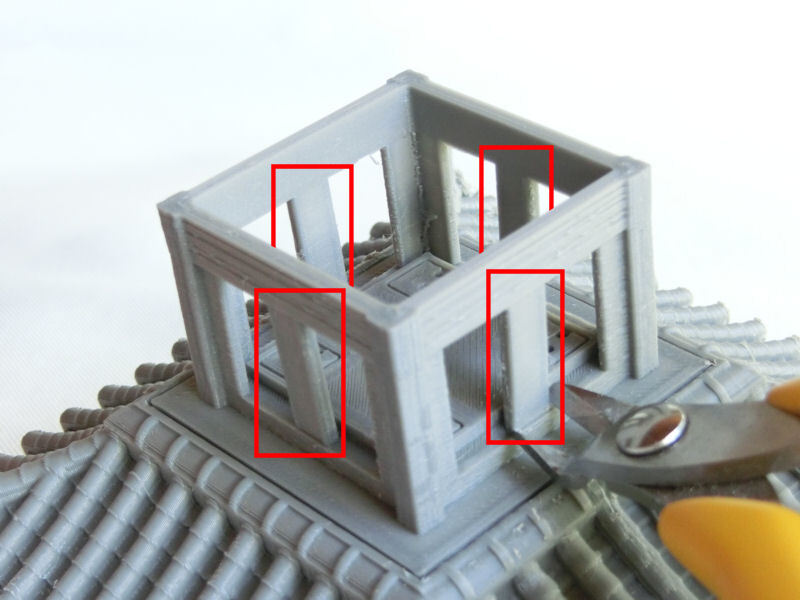
▲ The lower roof section prints in two halves, and does require print supports for the large gap in the centre. The clever battery and LED bulb section simply slots into the roof, although you should remove those 4 fat print supports (shown in red in the photo above) before the next step.

▲ This is the underside of that lower roof section (please excuse the mess my printer made of those beams - I made a mistake in the retraction settings!). You can see that it has slots for four 3V CR2032 coin batteries. If you grab some LED bulbs from cheap tealights (or Amazon/AliExpress) these should fit into the paired holes on the top side. The two metal prongs for each bulbs make direct contact with the + and - sides of each battery, but note that the longer prong is usually the positive + side, and they won't work if the battery is reversed.
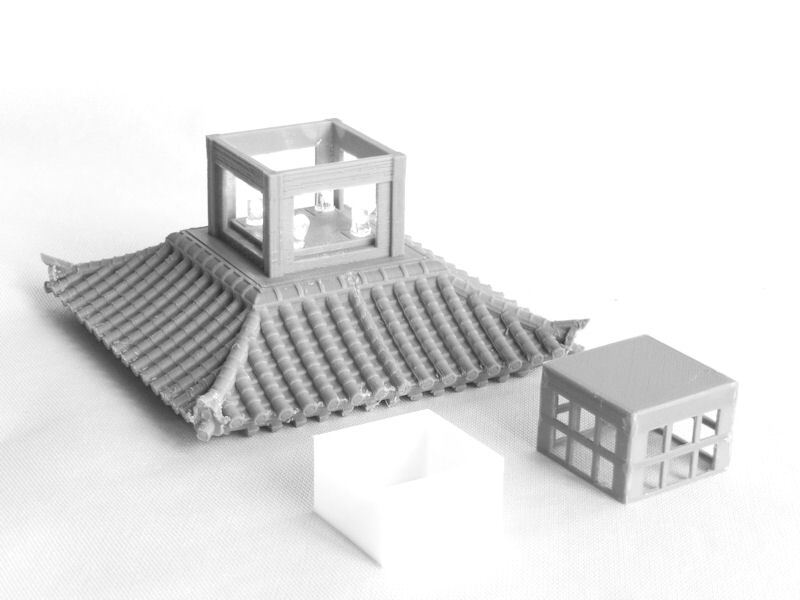
▲ You have some assembly options for the light section. Of course we would recommend printing the version designed for LEDs, which is the frame box (shown on the right of the photo above), which slots neatly into the main section.
There is also a solid box included in the files, which is intended to be printed in white filament using "VASE MODE" in your slicer. Currently, this is a simple checkbox in Cura (other slicer software may vary) in the Special Modes menu, labelled Spiralize Outer Contour. When you check that box, you'll see that the software changes the solid 6-sided box to a square 'vase' with no top. It will also prints at only 1 wall thickness (i.e. 0.4mm thick), which is ideal for letting LEDs shine through! So in the photo above, that white box has been printed in vase mode, and slides inside the frame box.
Alternatively, you could just fit some semi-transparent paper inside the frame. Baking sheet works well for that!
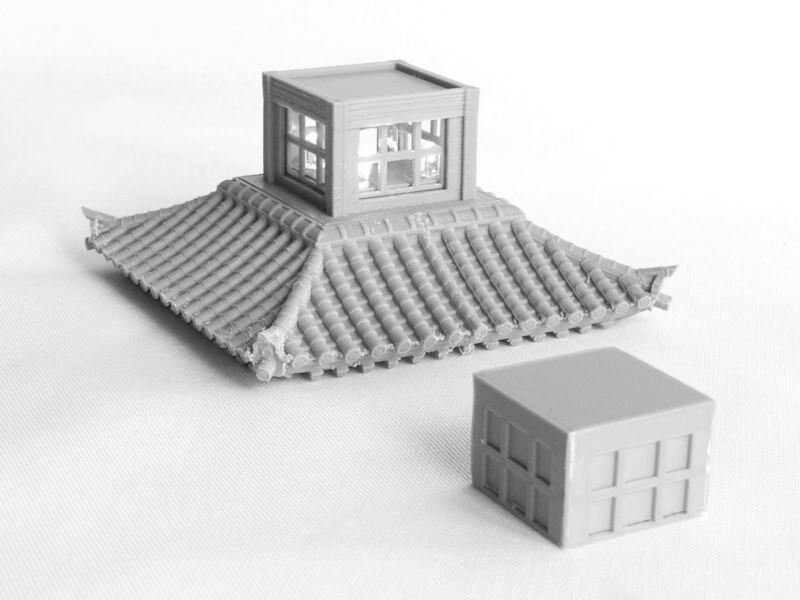
▲ If that seems too much hassle, then you can ignore all of the LEDs and batteries, and simply print the solid version of the light section, as shown in the photo above.

▲ Here's the finished lighthouse building, with LEDs shining bright. This model will be hitting the paint desk this week, and should be ready for release very shortly. Watch this space!
Yesterday was my birthday, so I decided to make something new, to celebrate! So we have a new model for the samurai collection to take a look at today - the Samurai Lighthouse!
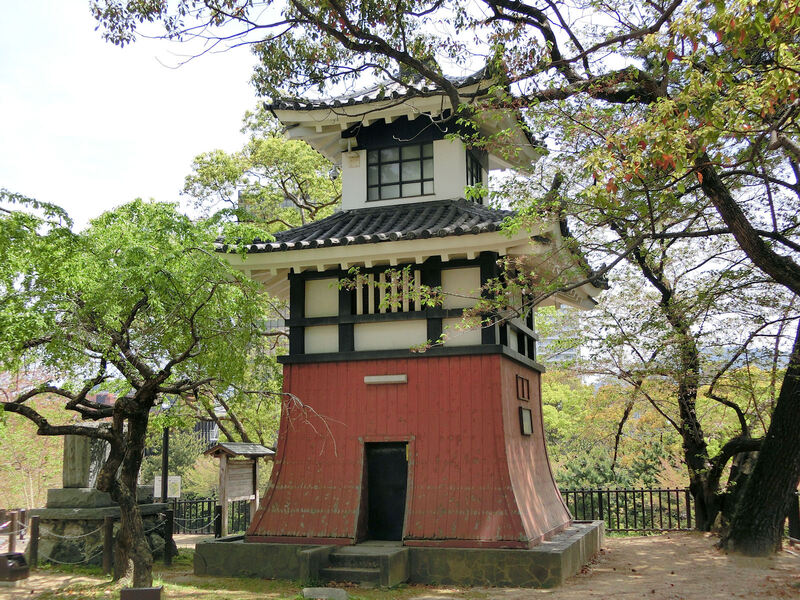
▲ This is a model of the small lighthouse found in the grounds of Kokura Castle, Fukuoka prefecture. It's a slightly more recent addition to the traditional castle, dating to the beginning of the Meiji period (1868~), but matches the rest of our castle range perfectly.
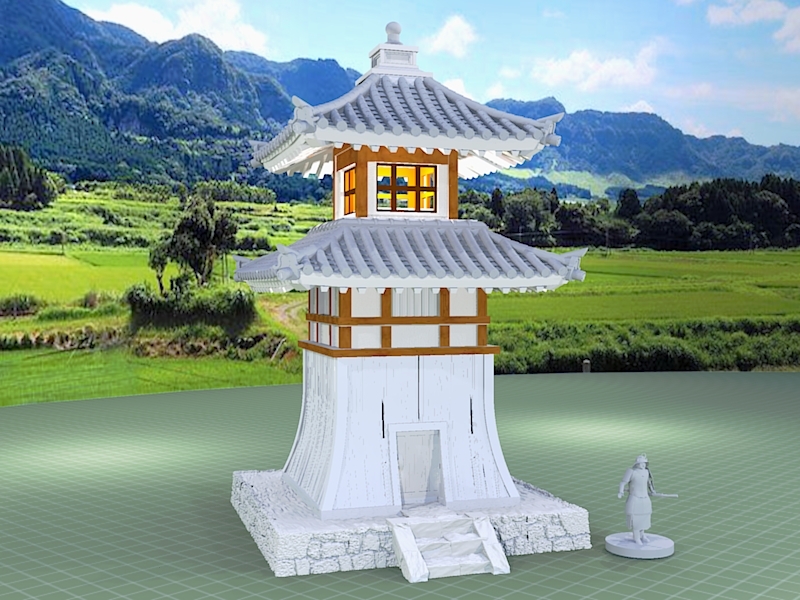
▲ The lighthouse measures 210mm tall, and 120mm wide, and can be fitted with CR2032 (3V) batteries and LED lightbulbs, commonly found in cheap LED tealights. This lighthouse does not include an ON/OFF switch, but the batteries can be easily pulled out to switch off the light.
It should make for a great game objective, to seize control of this vital building!
We recently played our first game on the massive new Lord's House battleboard, and I thought some of you might like to see a few of the photos?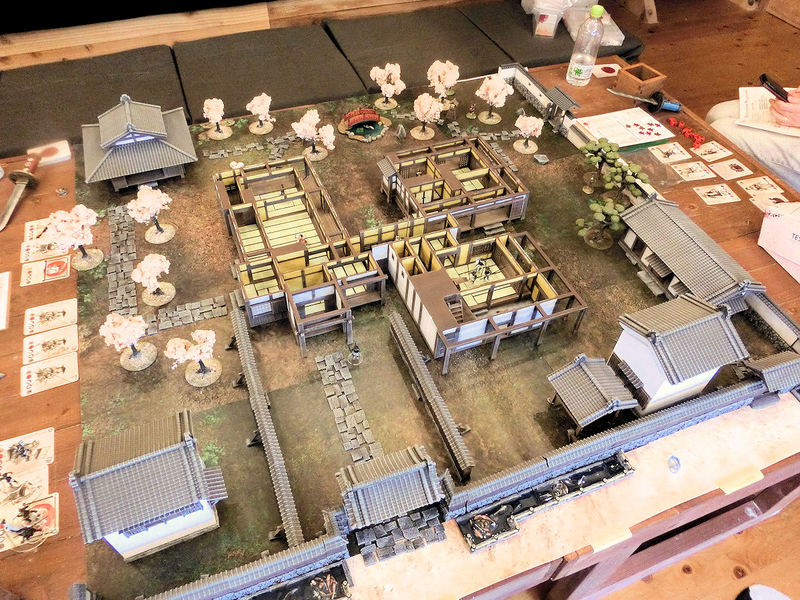
▲ We thinned out the terrain slightly, by removing one of the guesthouses and the roofed walkway connecting it to the main house, and then added plenty of cherry blossom trees to the garden to pretty things up. Oh, and a pond!
As the action moved inside the buildings, we removed the roof sections piece by piece for easier access.
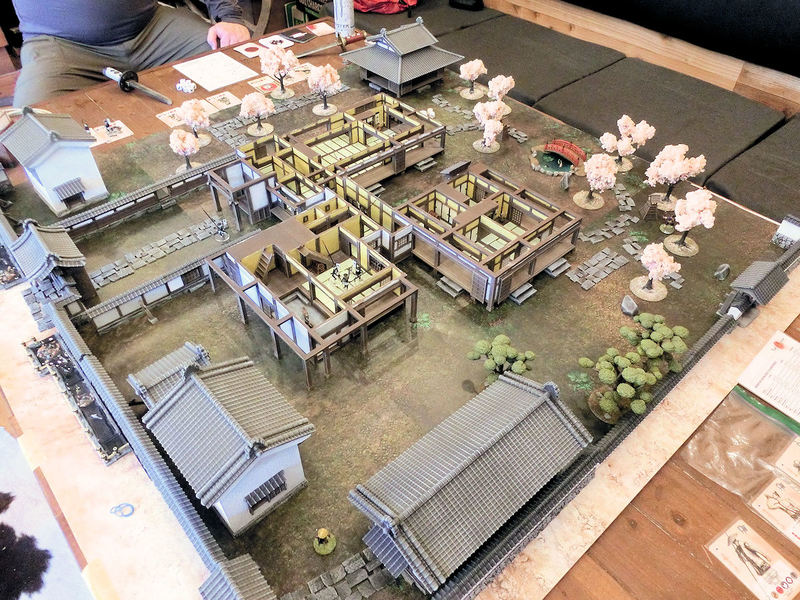
▲ We were playing a sneak attack by a group of bandits, using a Test of Honour scenario. The bandits needed to stealthily infiltrate the house, and search 3 chests to find the actual objective they were looking for.

▲ The defenders have a force twice the size of the attacking bandits, but are completely oblivious to the attack. They can only spot things are not as they should be, if enough strange things (shouts, noises etc) happen nearby and they then pass a Test of Wits.
▲ Lord Nobu was just contemplating the beauty of his garden, when this drunk bandit tried to get in an early musket shot at him from under the cherry blossoms. Despite a close miss against the doorframe above him, he failed to spot the attacker, and spent another turn randomly wandering about the house!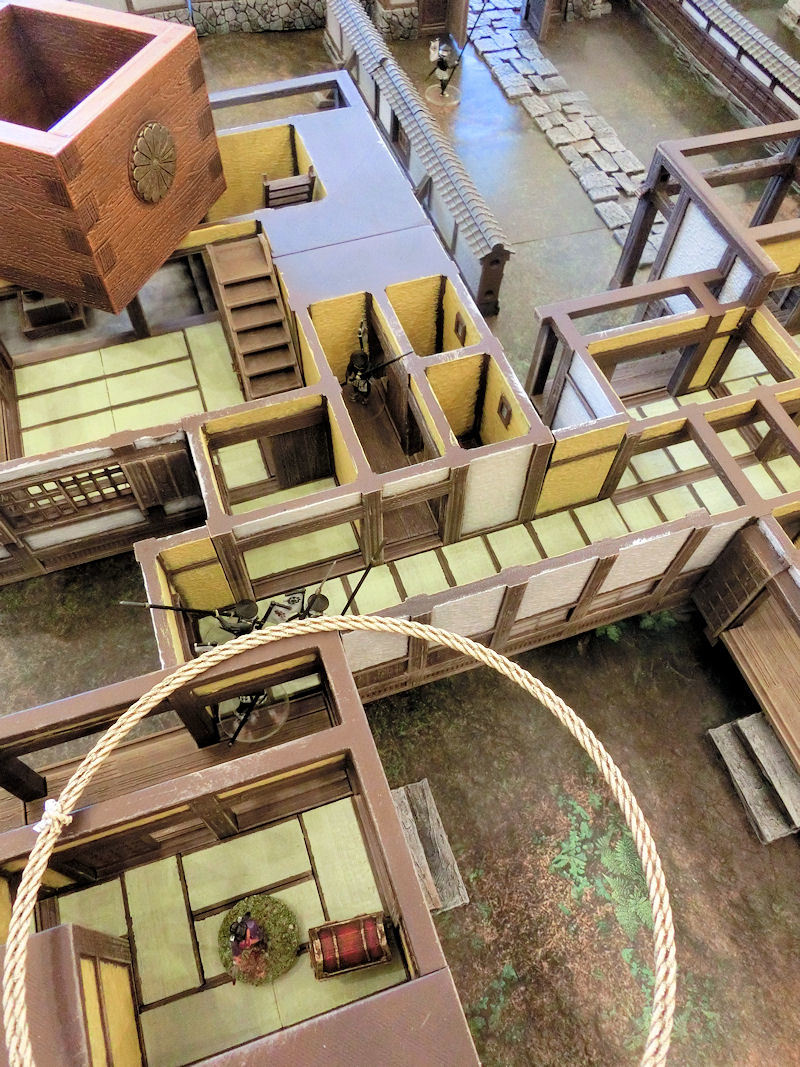
▲ Fate smiled on the (oblivious!) defenders, when The Witch reached the first of the objective chests, but decided to ignore the chance to search it in favour of an early kill! She killed 2 of the 3 house spearmen in this unit, and chased the survivor through to the kitchens!
Note the valiant lone spearmen in the toilet (middle of the pic), who actually blocked a search of the chest in the next room, even though he knew nothing about the battle raging nextdoor!
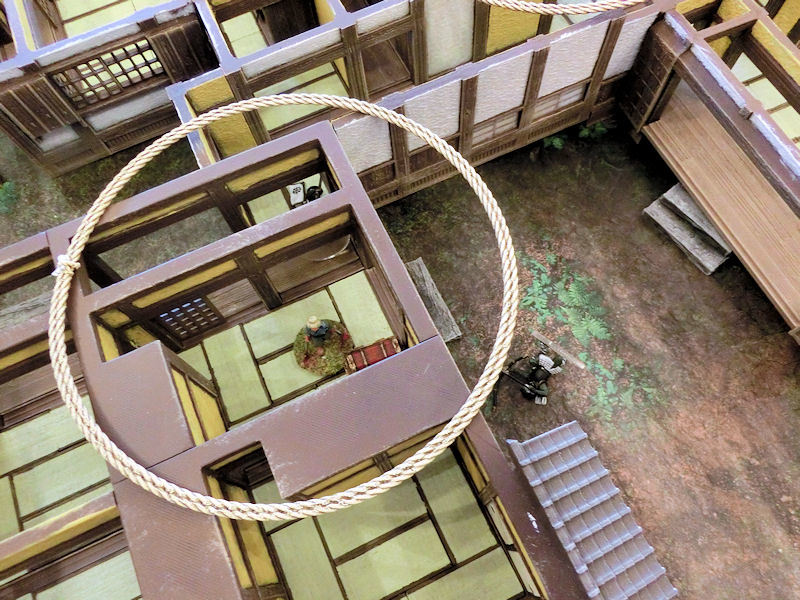
▲ The leader of the bandits similarly decided to spill the blood of the house guards, rather than search the chest immediately. Unbeknownst to her, that chest actually contained the real objective for the game.... which would have given her an early chance to grab it while half the household was still asleep!
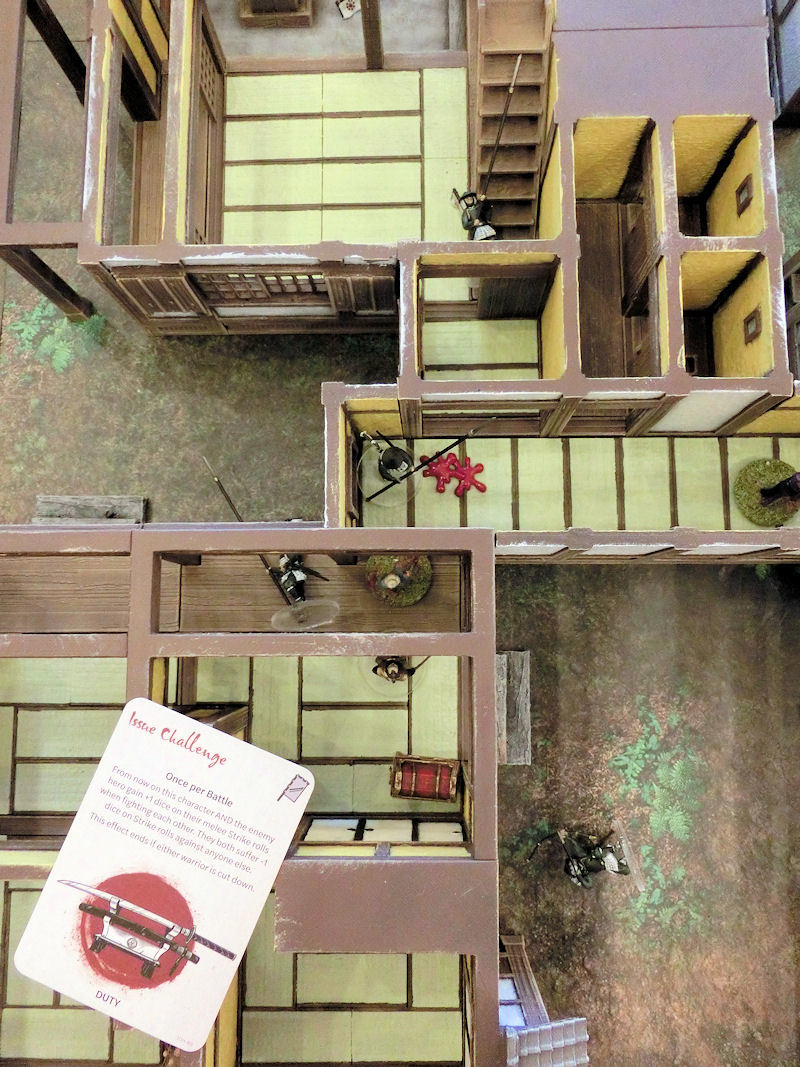
▲ Lord Nobu finally noticed the bandit musketmen and archers taking potshots at him from the garden, realised something was amiss, and quickly returned to challenge the enemy leader to deadly combat!
▲ Reinforcements slowly started to arrive for the defenders, and slowly the numbers tipped in favour of the guards. This house archer tried for a lucky shot on a bandit who was sneaking through the house!
▲ The Witch had by this time rampaged through the house, and searched the other two chests only to find them empty, and almost succeeded in dashing back through the house to grab the original chest. Unluckily for her, Lord Nobu was there waiting.... and bloodied his sword one final time!
The bandits would return some day, Lord Nobu knew. In the meantime, there were some surviving household guards who were due for a very painful performance assessment from their boss!
I'm very pleased to be able to announce our next exciting project today..... a HOBBIT HOUSE!!!
Over the next couple of years I'm going to be building my own underground house here in Aso, Japan, inspired by the fantasy home of Bilbo Baggins in J.R.R. Tolkien's book "The Hobbit". Please join me in this DIY adventure and follow along with my weekly progress videos!!
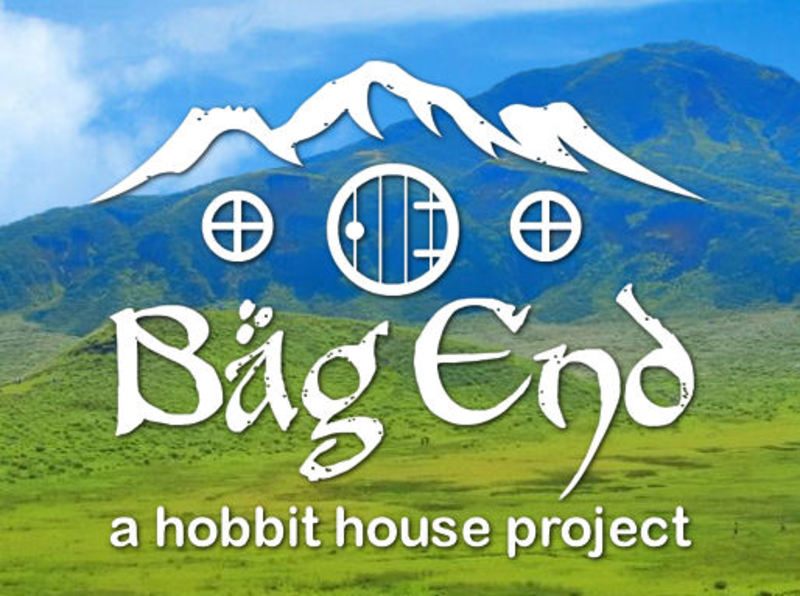
▲ I'll be posting up regular videos on the new website BagEnd.jp, so please take a look!
https://www.youtube.com/@BagEndASO
https://www.instagram.com/BagEndASO
https://www.facebook.com/BagEndASO
I'd like to invite you to follow on with the YouTube, Instagram and Facebook pages - please consider subscribing and following if you can!
Enjoy the new video for the full Samurai Lord's House model.....

0 Comments :
Write a comment :